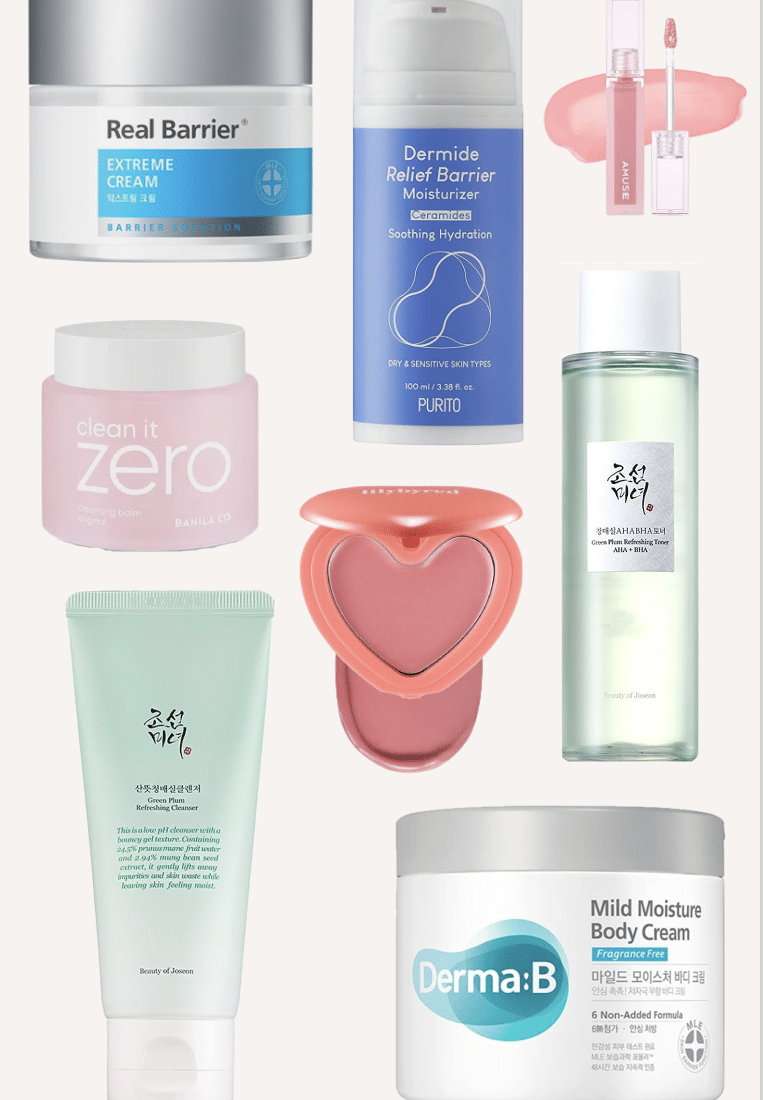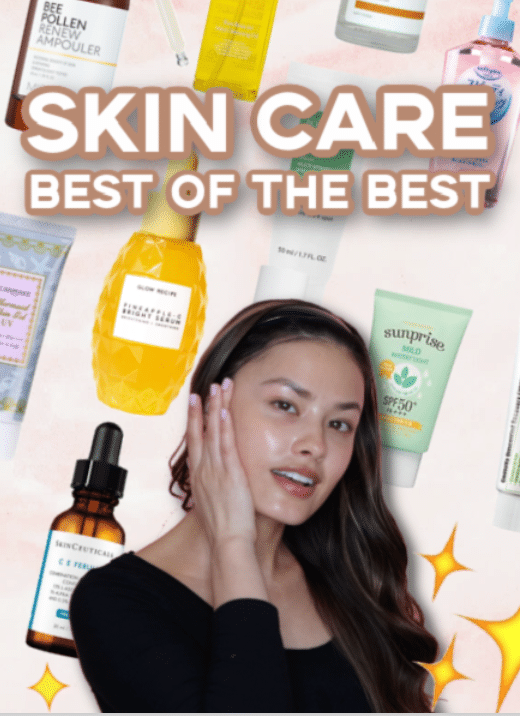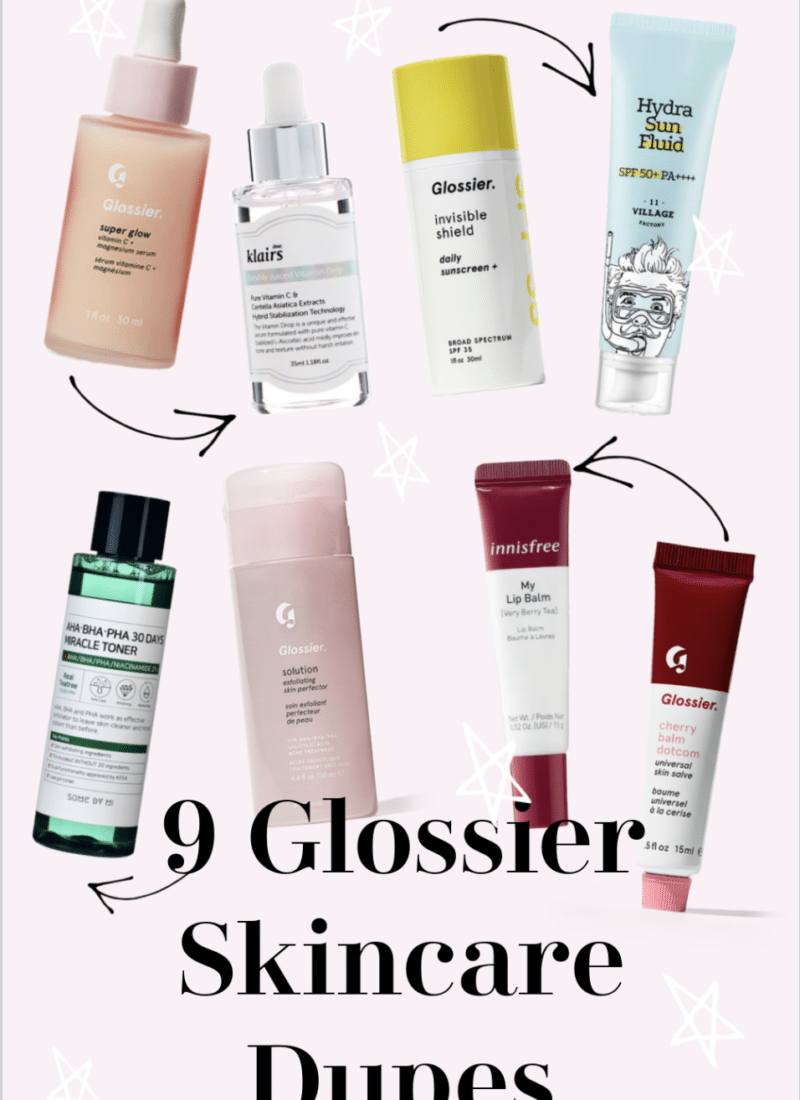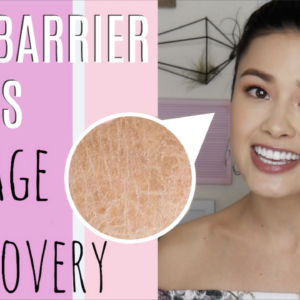So for today’s post, I’m going to be covering some of the information that I discussed in my recent Skincare Short. I wanted to talk about the difference between Physical and Chemical sunscreens because even I was a bit confused before doing the research for this video! I feel like these terms get bounced around a lot, but what do they actually mean?
Let’s get to the breakdown…
First let’s talk physical (or mineral) sunscreens because this is probably the traditional form of protection (think the white streak most surfers or lifeguards rocked back in the day). They work in two ways; by sitting on the surface of the skin and reflect the sun’s light and rays as well as converting the uv rays to heat, which your body expels. They’re great for immediate protection, sensitive skin types, and acne-prone skin types. Some of the downfalls of a physical sunscreen include its lasting ability and the dreaded white cast. The lasting ability of physical sunscreens is affected by the nature of how they apply and work. Because they’re “physical” and don’t absorb into your skin *as much as chemical ones* protection tends to rub or sweat off and needs to be generously applied to be effective. The white cast is caused by the “physical” ingredients of these sunscreens. Why? Because the ingredients are light-reflecting filters (that’s also where flashback comes from when you use a physical sunscreen). However, luckily companies have been coming out with technology to improve the user experience and this comes in the form of micronized formulations! This means that these sunscreens have smaller particles, so they blend more beautifully onto the skin. So how do you know if you’re using a physical sunscreen? Look for the ingredients zinc oxide or titanium dioxide. As a side note, these are also generally thought to be safer for the environment and marine life too. Although, this is still up for debate because they haven’t been tested in more practical circumstances.
Chemical sunscreens work by absorbing the ultraviolet rays from the sun and then converting them to heat, which your body the expels. Chemical sunscreens tend to be formulated with organic carbon-based compounds such as oxybenzone*, octinoxate, octisalate and avobenzone. Chemical sunscreens are easier to formulate with other ingredients, so that’s why you might see them combined with other beneficial ingredients like peptides, antioxidants, or enzymes. Their chemical (or organic) component is also what causes them to be a lighter and smoother. This makes them easier to wear under makeup and you don’t have to worry about the “white cast”. These types of sunscreens are also less dependent on how much you need… basically there’s a lower risk with missing a spot. However, despite the lightweight and beautiful finish of chemical sunscreens, they are more likely to irritate sensitive skin types. There’s also a bit of concern surrounding how much of this type of sunscreens does your body actually absorb.
*Oxybenzone has been possibly linked to coral reef damage (in some studies, scientists think there might be cause for concern with this ingredient for marine life and coral reef bleaching) and possible endocrine disruption (scientists are still trying to figure out how much does your body absorb with topical application and does this actually affect your body). I won’t get into this whole topic too much because I want to keep this post brief and concise. However, I would definitely recommend checking out some studies as this is where come of the concerns of Oxybenzone have come from. Notice, I’ve italicized certain key words here because there is still not conclusive evidence to whether or not these things are connected. Trials and tests still need to be conducted to form more concrete conclusions, but I felt I needed to include this information just in case this is cause for concern for you personally. However, like with anything, I urge everyone to do their own research as well to come to their own personal conclusion.
Main takeaway: As long as you are protecting your skin, the main thing to worry about is finding what works best for your skin and lifestyle. (Of course, I also recommend trying to choose skincare, in general, that is safe for yourself and the environment and ethically sound.) For me personally, I have dry, sensitive skin so when I can, I’ll opt for a physical sunscreen. The “oiliest” or “heaviness” actually works well for my dry skin because it almost acts as a moisturizer and the ingredients don’t irritate my sensitive skin.
Now what you’ve all been waiting for… the recommendations! Like I said, I have the most experience with physical sunscreens because that’s what my skin likes, but I did include a couple chemical ones just in case!
Physical Sunscreens:
Innisfree Intensive Triple Care Sunscreen
There’s a reason why this sunscreen is so popular among K-Beauty lovers! It’s a great physical sunscreen that works amazingly on dry skin people. For me, I really like that this sunscreen almost acts as a moisturizer for me. When I apply it under my makeup, I even find that it acts as a good, smooth base! I will say, if you have darker skin, you will have to be very diligent when applying (the white cast will also fade after a couple minutes)! Because of the white cast, I would absolutely recommend this for those who plan on wearing makeup over top of it anyways.
La Roche-Posay Anthelios Ultra Light Sunscreen Fluid
You guys, I’m sorry… this one is pricy but it’s been something I’ve used for the longest time (I actually was first introduced to La Roche-Posay when I studied abroad in Paris!). This has to be one of the most light-weight physical sunscreens I’ve used. It’s smooth and silky and find that it’s a great introduction into physical sunscreens (if you’ve been standoffish from them because of the thickness/white cast).
Chemical Sunscreens:
Neogen Dermalogy Day-Light Protection Sun Screen
This sunscreen has been a long-standing favorite of mine for years. It has the most beautiful finish and doesn’t feel heavy whatsoever. It’s great for those who’s main concern is the white cast or heaviness.
Cosrx Aloe Soothing Sun Cream
Ok, admittedly I’m kind of cheating here but I really like this sunscreen so I wanted to include it! If you look at the ingredients list, this product actually has both chemical and physical blockers in it. The reason I like this is because it’s super light-weight and is an easy to use sunscreen. Not only does this practically glide onto the skin, but I love that it doesn’t irritate my skin!
Well I hope that was helpful for those of you guys who were curious about the main differences. I definitely learned a lot through the process of researching for this video. Another note I want to add is I noticed that there’s a lot of new information out there about sunscreen safety! I’m definitely going to be doing more research about this and will hopefully be able to update you guys soon <3
xoxo,
Morgan




